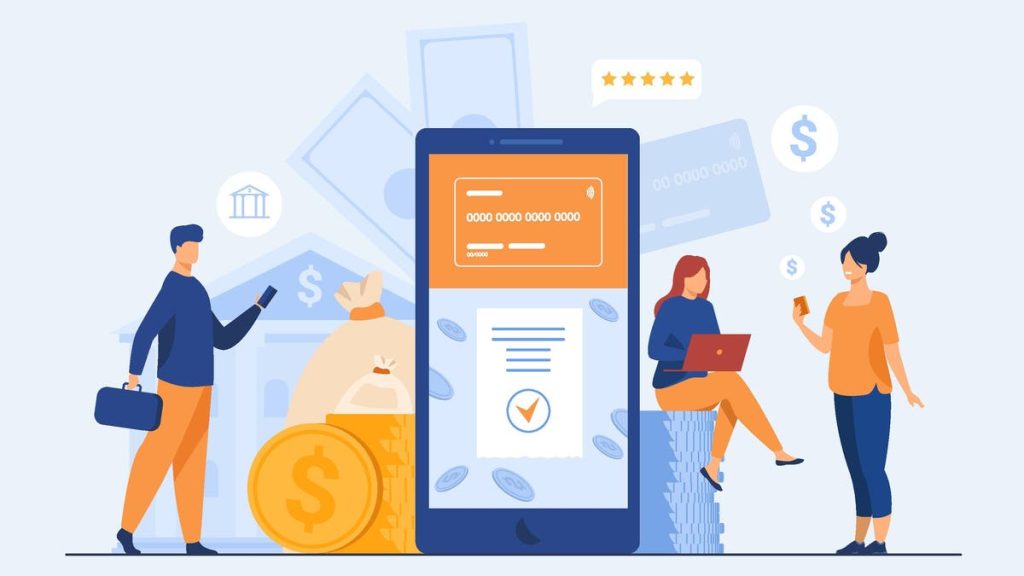The Federal Reserve recently launched FedNow, an instant payments network allowing businesses and consumers to send and receive payments in seconds versus days through their financial institutions.
In time, funds will be available immediately for American consumers and businesses. On FedNow, your Friday paycheck could be available immediately instead of having to wait until the following week to access your wages. This capability can make a real difference – it could help people avoid overdraft fees and mitigate the need to depend on predatory lenders to fill the lag times. It can also help people recovering from a natural disaster receive their insurance claim instantly and not have to wait for a check to be mailed, deposited, and cleared into their bank account. Businesses can use faster real-time payments to better manage cash flow, instantly receive vendor payments, and reduce costs.
The Federal Reserve deserves major plaudits for creating a public payment rail that allows for real-time sending and receiving of funds. Most other major economies, including the U.K., Australia, India, Brazil, China, and South Korea, already have some form of real-time payments, with the majority operated by a central bank. A long time coming, FedNow will put America on a stronger competitive footing to embrace the latest payment technologies globally.
FedNow holds great promise to increase competition, improve payment services, and lower consumer costs, depending on the mass adoption of FedNow by financial institutions. However, to maximize its potential, leading payments companies must be included directly too.
Payment Companies Could Benefit From FedNow
Even though 8 in 10 Americans use a financial technology – or fintech – product to manage their money and 82% use digital tools to send, receive, or process payments, fintechs do not have direct access to transact payments on behalf of customers on FedNow rails. Instead, a fintech must first (and at a higher cost) route such a payment through a bank. As a result, some of the most ubiquitous payments experiences – using an app to split the cost of dinner with a friend, tipping a hairdresser or tailor, or paying a friend or family member for utilities, groceries, or rent – may still include higher costs and operational inefficiencies.
More specifically, legacy financial institutions currently act as middlemen because a digital payment provider must partner with a depository institution to take advantage of the Federal Reserve payment system. This additional layer of complexity results in more expensive payments, with consumers and businesses often paying the resulting costs. For example, while the Fed only charges financial institutions .35 cents (1/3 of a cent) to send payments, banking partners often charge payment companies as much as 35 cents, a 100% markup often passed on to the consumer. Moreover, two banks originate nearly 50% of U.S. ACH transactions, which increases concentration risk and leads to a less competitive banking system overall.
At a time when consumers are increasingly turning to digitally-native financial services, it doesn’t make sense to limit access to central bank services like FedNow to traditional depository institutions. New research from Cornerstone Advisors shows that digital banks and fintechs account for nearly half (47%) of new checking accounts opened by consumers, demonstrating that consumers expect flexibility, personalization, and easy money movement in the digital age.
While in the U.S. there is a private sector real-time payments solution run by the nation’s largest banks, the Federal Reserve payment system offers the potential of an open, public option to send and receive money, depending on how widely it is adopted in the coming years.
That’s why many fintechs have called on the Fed to provide direct access (with appropriate requirements and guardrails) for leading, well-regulated payment companies, so the benefits of faster payments can fully reach all consumers of digital financial tools. Fintech has been instrumental in the wide adoption of instant payment systems in other countries, such as India’s Unified Payments Interface system and the instant payment system called PIX in Brazil, leading to better consumer outcomes. Incorporating fintechs into FedNow can accelerate the same transformation here in the United States.
Fintechs have a track record as early innovators and adopters of technology, which enhances the dynamism and competitiveness of financial services in the U.S. Allowing a diverse set of financial institutions to take part in the federal payments network would maximize the benefits of faster payments and allow diverse business models to keep pace with a changing global landscape. More broadly, the benefits of FedNow should be as widely available as possible to American consumers and businesses through the companies they use to move, spend, and manage their money.
Read the full article here















